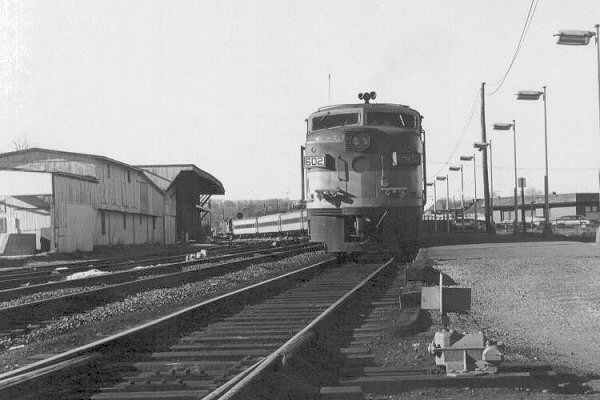Greetings All,
The MP's that were "P" units that are still in service have had the mods for power unit removed from them. They are back to their original function as they were intended. In a nutshell, the original mod to "P" unit was supposed to be temporary, lasting only 6 month's to a year, while the shops were modifying the FA's and EMD F units. The "temporary" mod lasted more than 10 years. The mod to "P" unit which was difficult, but thanks to some very talented shop personel they made it work. The mod included isolating the traction circuit, isolating the throttle circuit to allow control of the traction loco on the opposite end through the 27 point trainline jumper, modifying the the governor circuit to allow the motor to maintain the correct speed to allow the alternator to produce 600 plus VDC for hotel power to the coaches, applying 600 volt, 4 point (positive) and single point (negative) trainline jumper cables and of course all of it's related electrical relays etc. to make it work. This was just to use the loco as a "P" unit. To return it to a loco status a few switches had to thrown and once again it was in loco mode. As note you could NEVER have both features engaged at the same time unlike the DE/DM loco's.
KRO52
